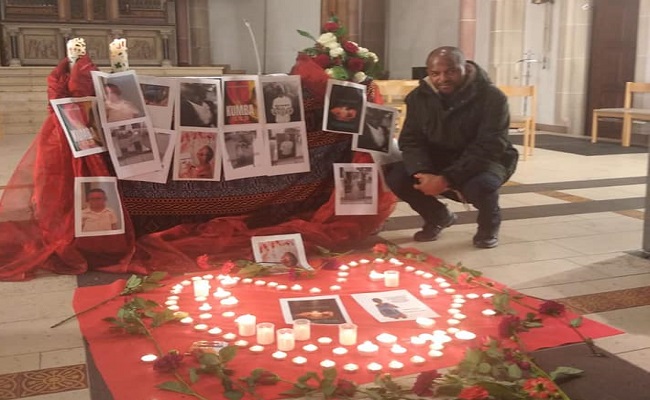1, April 2017
10,000 refugees stranded in Libya will be flown back to their home countries this year 0
Up to 10,000 refugees stranded in Libya will be flown back to their home countries this year, but the returns can only play a limited role in tackling migrant flows toward Europe, the head of the UN migration agency’s Libyan office said. The International Organization for Migration (IOM) program is one of the few ways EU states can fund action inside lawless Libya, which has become the main migration departure point for Europe, as they scramble to stem record flows across the central Mediterranean.
Other plans have been held up by poor security, political resistance and a lack of government control in Libya, where powerful militias and smuggling networks act with impunity. The IOM scheme is meant to offer a way out to those stuck in Libya without money, work, or a means to move on, said Othman Belbeisi, the agency’s chief of mission for Libya. It is voluntary, with each refugee interviewed individually and able to change their mind at any time.
“This program provides a window or an option for these people to go back home and start a new life,” Belbeisi told Reuters. “It is a contribution to a solution, mainly for the refugees. We don’t believe in closing borders, stopping movement or stopping migration.”
Some of those who opt to return have been intercepted by the Libyan coastguard at sea and sent to detention centers. Some leave without trying to reach Europe. Most do not have documents. The IOM flew 2,775 refugees back last year, and is expecting to increase that number to between 7,000 and 10,000 in 2017, with new European funding.
This year, 1,795 refugees have already been sent back, and another 5,000 are seeking assistance to return. The agency has received a higher rate of requests since late 2016, something Belbeisi attributed to worsening conditions inside Libya.
Most are flown to West Africa, with Nigeria, Senegal and Mali topping the list. There have also been returns to East Africa and Bangladesh. Because returning can be seen as a failure, the IOM supports reintegration in home communities, Belbeisi said, with half those returned last year receiving such help. The average cost of returning and assisting a refugee is about 2,000 euros ($2,135). Funding for the program comes mainly from European states.
The agency still faces challenges interviewing refugees, checking their identity, and transporting them across and out of Libya. It plans to raise awareness about the returns program in the coming months, without actively promoting it.
“We are not promoting a return home because we know sometimes the situation back home can be even worse … and we do not want to promote shifting a problem from one side, or country, to another,” said Belbeisi. “That’s why we don’t advertise the program or promote it as a solution for migration to Europe.”
Presstv





















1, April 2017
Bamenda: Biya has no control as home of TAC President comes under attack 5
Southern Cameroon activists have stormed the residence of Tameh Valentine, the so-called president of the Teachers Association of Cameroon (TAC) in Bamenda and burnt down his car. The corrupt Tameh Valentine was one of the leaders of the English-speaking teachers’ unions who announced a suspension of the Southern Cameroons strike action recently and was granted presidential protection.
Cameroon Concord News gathered that the attack took place on the night of Wednesday at about 2 am in Bamenda. Fortunately, no loss of human life was recorded. The attackers also set fire on another car belonging to Tameh’s beautiful wife.
Southern Cameroons has been the scene of many fires since the beginning of the uprising in schools, homes, shops and other public places. These acts by unknown individuals are usually staged around 11 pm. Tameh Valentine reportedly had security protection ever since he betrayed the Consortium.
By Sama Ernest